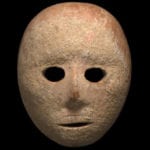 History
History  History
History  Food
Food 10 Weird Foods Inspired by Your Favorite Movies
 Religion
Religion 10 Mind-Blowing Claims and Messages Hidden in the Bible Code
 Facts
Facts 10 Things You Never Knew about the History of Gambling
 Weird Stuff
Weird Stuff 10 Cool and Creepy Facts about Collecting Tears
 Humans
Humans The Ten Most Lethal Gunslingers of the Old West
 Misconceptions
Misconceptions 10 Phony Myths and Urban Legends That Just Won’t Die
 History
History 10 Amazing Roman Epitaphs
 Weird Stuff
Weird Stuff 10 Niche Subcultures That Are More Popular Than You Might Think
 Mysteries
Mysteries 10 Tragic Disappearances and Deaths in Joshua Tree National Park
 History
History Top 10 Tragic Facts about England’s 9 Days Queen
 Food
Food 10 Weird Foods Inspired by Your Favorite Movies
 Religion
Religion 10 Mind-Blowing Claims and Messages Hidden in the Bible Code
Who's Behind Listverse?

Jamie Frater
Head Editor
Jamie founded Listverse due to an insatiable desire to share fascinating, obscure, and bizarre facts. He has been a guest speaker on numerous national radio and television stations and is a five time published author.
More About Us Facts
Facts 10 Things You Never Knew about the History of Gambling
 Weird Stuff
Weird Stuff 10 Cool and Creepy Facts about Collecting Tears
 Humans
Humans The Ten Most Lethal Gunslingers of the Old West
 Misconceptions
Misconceptions 10 Phony Myths and Urban Legends That Just Won’t Die
 History
History 10 Amazing Roman Epitaphs
 Weird Stuff
Weird Stuff 10 Niche Subcultures That Are More Popular Than You Might Think
 Mysteries
Mysteries 10 Tragic Disappearances and Deaths in Joshua Tree National Park
10 Dark Secrets From The World Of Horse Racing
There exists a bloody corner in the glitzy world of horse racing. Though many owners, trainers, and jockeys love their horses, some couldn’t care less about these hoofed wonders. They see thoroughbreds as machines to make money as fast as possible and be discarded afterward. Every area of a racehorse’s life and death gets milked, sometimes in horrific ways.
10Healthy Newborn Foals Are Killed
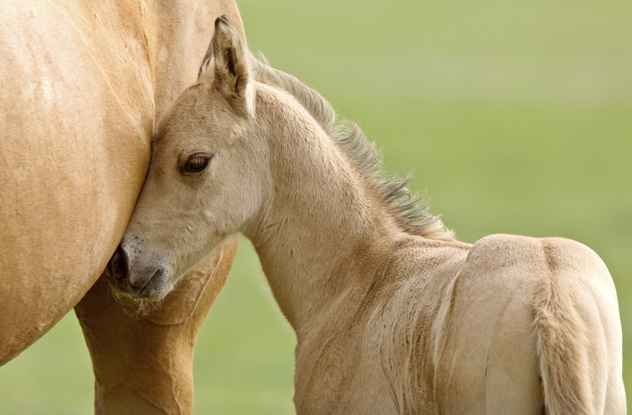
The services of a stud stallion costs thousands of dollars. In some contracts, this packet of heavy dough is not payable on the day of conception but only after the foal has survived its first 48 hours of life. So if a foal would somehow expire in those two days—by, say, an accident—not a cent will trade hands.
Many owners’ financial situations go downhill quickly, and by the time the foal is born, they no longer want to pay the large sum. Apart from the thousands swallowed up by the stud fee, many more thousands would go into the foal’s upkeep and training. It’s a financial gamble to hope that after investing all that, the foal will grow up and become a good earner. When finances are shaky, owners just don’t want to take that chance. So they kill the foal and save themselves the expense.
9Organized Crime

Racing is big money, and where big money blooms, organized crime is never far away. The sport’s history is riddled with sordid incidents, including horses getting shot or kidnapped.
Modern times may show fewer incidents that the mainstream public is aware of, but that doesn’t mean that the sport of kings has suddenly turned sparkly clean and fair. It just means that the dark underbelly of racing is covering its tracks better. Activities today include dispensing performance-enhancing drugs, illicit betting rings, race fixing, bribery, and even the killing of horses.
Asian triads, Mexican drug cartels, and the Irish mafia all have a finger in this pie. In 2013, a Mexican drug cartel ran a highly successful money laundering operation that included horse doping and race fixing. It lasted for 30 months. This particular cartel spent $20 million on the operation.
8Champions Are Butchered
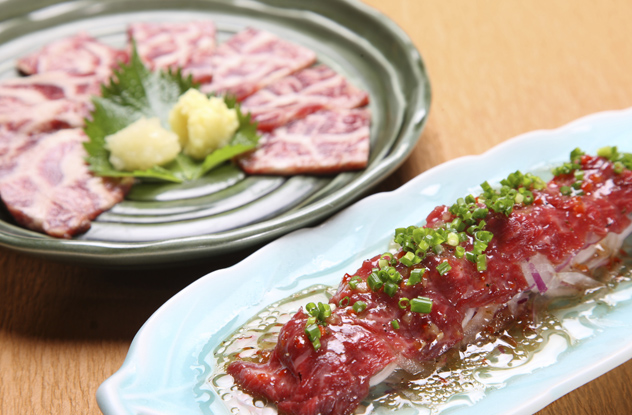
The next time you pub crawl Japan, scan the country’s menus for a fruity-sounding item named “Cherry Blossom.” It’s not a crunchy salad bursting with cherries and garnished with small oriental blooms. It’s raw horsemeat. You will be likely be sticking your chopstick into what used to be a racehorse.
Conservative estimates points to thousands of horses leaving the US every year to be slaughtered abroad for human consumption in countries like Japan, France, Italy, and Belgium. These healthy animals are deemed useless to the industry, despite having given their owners great winnings and valuable offspring. Exceller, a million-dollar winner and Hall of Fame inductee, met his end at a Swedish slaughterhouse. The stables of re-homing organizations are so full that the owner of an unwanted healthy racehorse would rather sell the animal to an abattoir than shell out the money to pay a vet to destroy it.
Horses sold to slaughterhouses are not euthanized. Instead, they meet with grisly and agonizing ends. They are shot, sometimes several times, with either live bullets or metal spikes. Another horrifying technique is to sever the horse’s spinal cord with several violent stabs. This leaves the terrified animal paralyzed but still alive, aware, and in agony. No matter the technique, the end phase sees them strung up by their hind legs to bleed out. Some wake up in this position right before their throats are slit.
7The Milk Mares

Milk mares are the foster mothers of the horsey world. They feed foals orphaned or rejected by their own birth mothers. To have milk, a milk mare must have had her own child. So where is her own foal when she is busy suckling another? Dead.
Valuable thoroughbred mares must produce foals as fast as unscrupulous breeders can breed them. They are impregnated again just a few days after giving birth. Such brood mares must often travel to stud farms, and since travel is risky for a newborn (and insurance generally forbids it), foals are left behind. The youngster is then farmed out to a hired nurse mare, for months in cases of maternal rejection or orphaning.
These stand-in mothers exist only to produce milk for another mare’s more valuable offspring, while their own biological foals are viewed as an unwanted byproduct. The only worth of these perfectly healthy foals is in what their bodies have to offer after death. Left to starve to death or simply bludgeoned into the afterlife, their skins are sold as pony leather, and their meat is sold as a delicacy. These less valuable foals are often skinned alive due to the belief that it makes the meat more tender.
6Horses Are Whipped
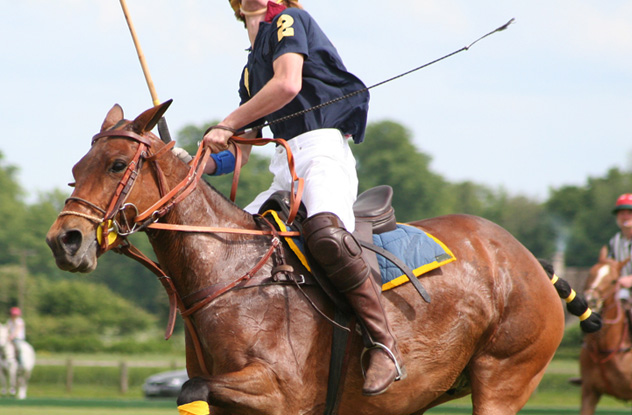
As the public becomes more informed about the use and consequences of the racing crop, more people begin to frown on the practice, but jockeys love it. They use it mostly to spur their mounts on during the last stretch of the race. This is weird because the horses aren’t exactly strolling toward the winning post during this time—they’re running at full speed and cannot go any faster.
A riding crop is made from leather, a material chosen specifically for its sting when swung. Due to public pressure, some now use air-padded whips, but many racehorses still get flogged with the entire length of the whip’s shaft. They’re struck up to 30 times per race, and the physical and psychological distress decreases the animal’s concentration. It’s no wonder that whips have been involved in 86 percent of all accidents on the track.
A jockey in the habit of using the crop can deal out hundreds of painful lashes during a horse’s lifetime. Using a whip does not improve a racehorse’s performance.
5Racehorses Are Too Inbred
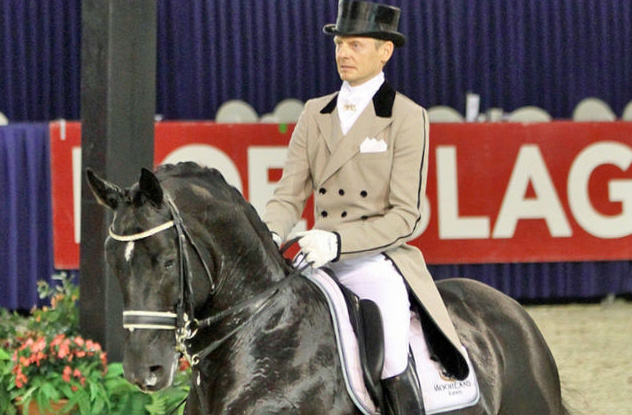
The thoroughbred gene pool resembles a muddy pond that shrinks with every passing year. Today’s strong and fit animal is close to an illusion compared to earlier racehorses that were not as fast but could run forever. Now, young colts and fillies run on ankles too small for their bulky bodies, and 90 percent of those finishing a race bleed from their lungs, sometimes so badly that it sloshes out as a nosebleed.
Some place the blame for frequent career-ending (and sometimes life-ending) leg injuries at the sore feet of prized stallion Native Dancer. This weak-ankled but superfast sire is written down in nearly every thoroughbred’s family tree. In the 2008 Kentucky Derby, all 20 of the horses had his blood. The spectacular filly Eight Belles had the most; she was a descendant of Native Dancer through three grandparents. Finishing second, she broke both of her front ankles and had to be euthanized on the track.
Pedigree counts, but name-dropping in thoroughbred papers has reached such dangerous proportions that speed is now valued above all else, even to the detriment of passing unsound traits on to offspring. Such practices today compound an old problem: Racehorses never had a broad gene pool to begin with. The foundation of the entire existing global population of thoroughbreds can be traced back to a mere three stallions.
4Horses Start Racing Too Young
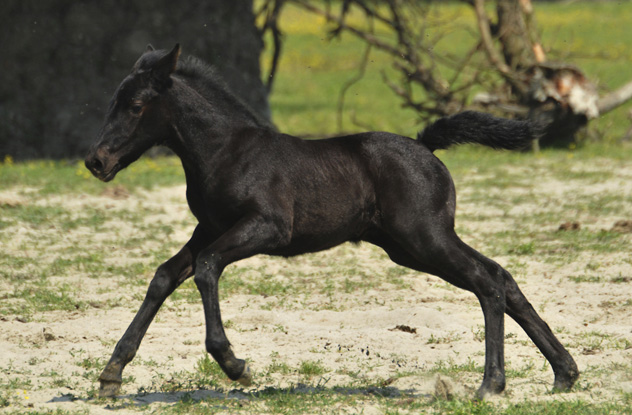
Some of the biggest prize purses come with races held for the two- and three-year-olds. That’s like placing a preschooler into pro athletics—they will get hurt and washed up before they are even fully grown. At that age, the skeleton is still hardening. These developing juveniles face rigorous training and racing that streak their careers and future with horrible injuries. It’s no longer unusual to see a racehorse retire at the age of three or four when previously they would only be beginning their careers. In the past, racehorses started racing at a later and much better developmental stage.
Since their leg bones will only harden at about age three, and the bone plates in their backs only fuse when they are around five years old, these animals are ill equipped to deal with the massive stresses that racing places on their well-being. Their bones break, and they develop arthritis and heart problems, painful stomach ulcers, and crushed cartilage. Should they start racing at four, they will have less injuries and a longer career, but big money remains in the premature baby races.
3Drug Addiction
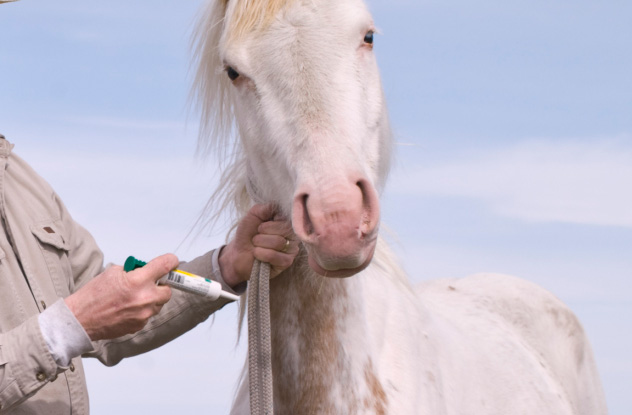
The racing world floats on a sea of hard-to-detect designer drugs injected into horses every day. Medications meant to ease an animal’s pain, such as morphine, are being used to get the horse out onto the track again as fast as possible. But masking the pain and forcing the animal to run on an existing injury has dire results. If it doesn’t cause the horse to break down during the next race, it can certainly worsen the injury.
Anabolic steroids and caffeine used to be popular stimulants, but since they are so easy to detect today, other substances like “elephant juice” are making the scene. A tranquilizer for large animals, it’s a potent stimulant when given to a horse in correct doses. If a horse needs to be slowed down, beta blockers will be given instead.
Racehorses still suffer from tubes being forced down their noses. This inhumane practice pumps a cocktail of sugar, baking soda, and electrolytes directly into the stomach. It makes the horse run faster and for longer, but the tube is sometimes accidently inserted into the lungs instead, drowning the animal on its feet. The prolific use of drugs wreaks havoc on the condition of the racehorses and hides injuries from track vets. When retired, horses often suffer from months of drug withdrawal symptoms while being weaned off their racing medications.
2Mares Are Force-Bred
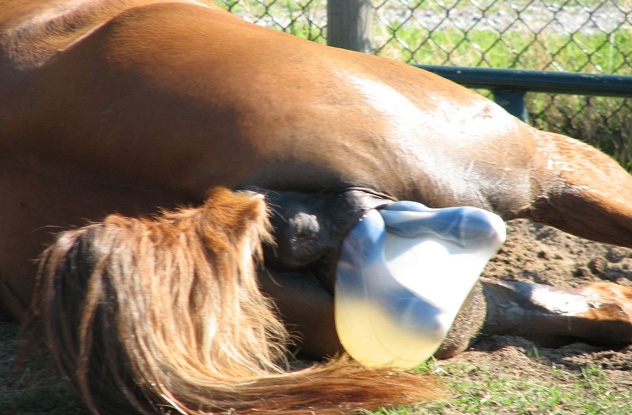
In nature, if a mare isn’t ready for mating, she’ll refuse the stallion’s attentions, and that will be the end of it. But in the breeding shed, and with humans working on a time schedule, such behavior is labeled as “being difficult.” She is bodily tied down and drugged according to the amount of resistance. She is then forcefully bred to a stallion, sometimes only a few days after having given birth to a foal.
When a female racehorse retires and becomes a broodmare, she is kept pregnant for up to 90 percent of her reproductive life, producing foal after foal. Many mares succumb later in life due to complications from too many pregnancies.
1Horses Are Killed For Insurance
 Calumet Farm was famous for producing more Kentucky Derby winners than any other establishment, but Alydar was their most stellar racehorse. Not only did he shine on the racetrack, but his stud fees provided Calumet with tens of millions of dollars. Insured for a mouthwatering $36.5 million by Lloyds of London, the stallion’s policy was set to expire in a couple of weeks when Alydar was discovered in his stall with a badly broken right rear leg. A cast was placed on the leg, but Alydar later managed to fall and hurt himself even worse. The legendary horse was euthanized after that.
Calumet Farm was famous for producing more Kentucky Derby winners than any other establishment, but Alydar was their most stellar racehorse. Not only did he shine on the racetrack, but his stud fees provided Calumet with tens of millions of dollars. Insured for a mouthwatering $36.5 million by Lloyds of London, the stallion’s policy was set to expire in a couple of weeks when Alydar was discovered in his stall with a badly broken right rear leg. A cast was placed on the leg, but Alydar later managed to fall and hurt himself even worse. The legendary horse was euthanized after that.
The insurance company paid out, and Calumet president J.T. Lundy got a separate bank loan of over $65 million under fraudulent circumstances. Despite this, the stud farm still folded and went bankrupt. Because of the fraud and the farm’s dire financial situation, some argued that Alydar had been killed in a last-ditch effort to save the place. Lundy was sent to prison for the bank fraud, but he was never brought to book for Alydar’s death, though that the judge conceded that Lundy certainly had the motive and opportunity to kill the horse.
Officially, the great chestnut had kicked down the door of his stall and thus broke his leg. This claim did not sit well with George Pratt, an esteemed MIT professor who ran an analysis on the scenario. He calculated that the stallion never had the power required to knock the door off its hinges. He even told the FBI that he believed Alydar’s leg was broken inside his stall and that the so-called accident’s evidence was staged.
While Alydar’s highly suspicious death was difficult to prove in court, other horse killers have been prosecuted. Their methods of killing for insurance included cases of bludgeoning, dragging a horse with a truck, and shooting an animal during hunting season to make it look like a hunting accident. One colt’s neck was broken, with the scene staged to look like it had snapped its own neck while trying to free itself from a fence.


